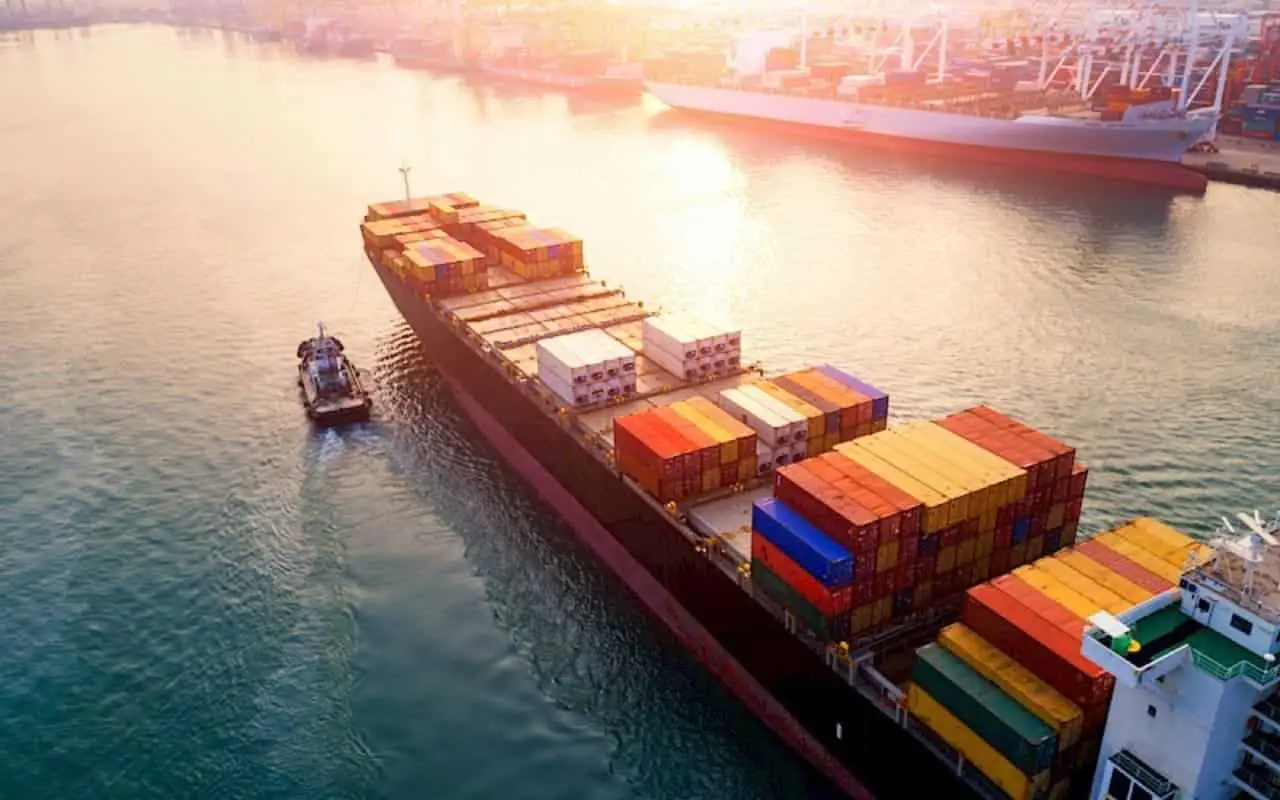

Sea freight from China to USA
LCL: Less than a full container, you can carry maritime freight as a less-than-container load for smaller goods. If this is the situation, your freight forwarder will consolidate it with other shippers’ goods and contract with a carrier to deliver it in a container from China to the United States.
FCL (full container load) sea freight from China to the USA is less expensive than LCL shipping for large shipments to fill a shipping container. An FCL shipment indicates that just the contents of your shipment will fit in the container. To make matters even better, you won’t have to deal with the hassles of cargo consolidation and deconsolidation. We talk more about these two in the following.
Clearance of Customs in China and the United States
The customs clearance process for exports and imports can appear convoluted, and it is in many situations. Sea freight from China to USA has to deal with this issue at some point. When dealing with foreign business transactions, all parties involved must be prepared for the possibility of customs delays.
Customs processes are not the responsibility of your carrier. Of course, the cost of using a freight forwarder will be paid for. Even so, your company must retain accountability for a few steps. Accurate information and accompanying documents are among the requirements.
When going for sea freight from China to USA, customs officials in both nations will typically demand that the following paperwork accompany the shipment:
- Commercial Invoice
- Packing List
- Certificate of Origin
- Different payment
- arrangements, such as a letter of credit (depending on the contract between the parties involved)
- Sea freight from China to USA Bill of Lading (Your freight forwarder should provide this)
What You Need to Know About Sea Freight from China to USA
If you don’t mind the longer transit times for sea freight, it’s the most cost-effective option for sending goods from China to the United States.
Packing your goods for sea freight from China to USA often involves placing them in a shipping container, either with those of other shippers (as in the case of LCL shipment) or in a sealed compartment (FCL shipping). You’ll need a port in the United States with container-handling facilities in either situation if you’re shipping cargo there. China’s container ports are the best option for shipping your goods.
Both countries have plenty of container ports to choose from. Consequently, you should have no problem finding a route that minimizes domestic transit. When you work with a freight forwarder, they can assist you in determining which ports are closest to the supplier and the recipient.
Your company may be responsible for some or all of the transportation of your consignment, depending on the applicable Incoterms. Because of this, you’ll need to select if you want a service that goes from port to port or door to door. For both LCL and FCL shipments, several forwarders provide a range of choices.


LCL Freight Shipping Considerations
When shipping a small cargo, LCL sea freight from China to USA is likely to be the most suitable option for you, as long as it doesn’t take up more than a quarter of a 20-foot container. If your forwarder can consolidate a 40-foot unit, you can use LCL shipping for a larger load. A full 20-foot container load, on the other hand, would be more expensive. Sending most of your items in a 20-foot FCL( Full Container Load shipping ) and the remaining in an LCL may be less expensive.
Before deciding on LCL (Less than container load) sea freight from China to USA , you should ask yourself the following inquiries:
Can other shippers’ freight fit into your shipping containers, and if so, is it safe to do so?
Is it okay with you if the trip takes a little longer?
Is your cargo able to withstand the LCL shipping process’s high level of handling?
Does your timetable have some leeway? Arrival timings for LCL flights are subject to sudden change.
An FCL shipping service may be a better option if none of the above questions apply. This is true even if your items do not fill a whole container.
FCL Freight Shipping Considerations
As a result of FCL shipping, you won’t have to be concerned about the weight and dimensions of your package. If your shipment does not exceed the container’s maximum dimensions (length, width, and height), none of these considerations will affect the price. However, you must foot the bill for container rental and delivery. Because of this, if you’re unable to fill the container, you’ll likely need further justifications for going with FCL rather than LCL.
FCL is a good option in terms of sea freight from China to USA in the following circumstances:
When you need to keep your cargo sealed in a container from point A to B.
When delays or problems caused by other shippers, such as leaking, infection, or customs irregularities, are something you will not tolerate as a risk.
Your freight is less likely to be damaged or lost if the container and its contents are handled little.
Both the shipper and the recipient can handle a full container for loading and unloading purposes.
When at least half of the container’s interior space is taken up by the transported contents.

How much does it cost to ship goods by boat from China to the United States?
Many factors influence the cost of maritime freight, and each carrier and freight forwarder sets their rates, which might be more or lower depending on the volume being transported. Because of the international “equivalence rule,” the volume of your shipment is more important than its weight. You don’t have to worry a lot about the weight when maximizing room.
According to the sea freight equivalence law, “1 t = 1 CBM” is the weight/volume ratio.
The weight/volume ratio method is used to compute the basic rate in the LCL option. The tariff is calculated based on the highest weight, also known as “chargeable weight,” resulting from this ratio.
There is a flat charge for each container in the FCL option. However, it depends on the size of the container and whose carrier is providing it.
Ports of entry for sea freight from China to USA
Over the previous 15 years, China’s exports have grown exponentially. In 2014, imports were $1,960 billion, or 18.3 percent of GDP, a staggering increase. To deal with this constant influx of commodities entering and exiting the nation, China’s coastline is being outfitted with an increasing number of modern commercial seaports.
The Shanghai Port
Shanghai International Port, a public enterprise controlled by the Shanghai Municipal Government, currently manages the city’s port. As of 2014, it handled more than 35 million TEUs per year, making it the busiest commercial port globally since 2010.
There are three ports here: Wusongkuo, Waigaoqiao, and Yangshan, a deepwater port on the Yangtze River. Other terminals include Coal Branch (coal and sand and gravel), Zhangjiagang Company (steel and iron), Baoshan Terminal Branch (general cargo and bulk), among others.
Ningbo’s port
Congestion at Shanghai’s port has been much-reduced thanks largely to the Port of Ningbo. Zhejiang, China’s second-largest province, exports all its goods through this port, located in the middle of the Chinese coast south of Shanghai. The port’s combined handling capacity of 17 million TEUs in previous exercises results from its merger with the Port of Zhoushan. Ningbo, Zhenhai, Daxie, and Chuanshan are some of the ports served by the 309 berths and five terminals that make up this massive port complex.
Port of Hong Kong
Due to Hong Kong’s legal system, which is distinct from China’s, the Port of Hong Kong serves as a prominent gateway between Asia and the Western world, facilitating the flow of all cargo whose paperwork could potentially conflict with Chinese authorities.
Shenzhen’s port
The Deepwater Port of Shenzhen is located south of the Pearl River Delta in Guangdong province, running along the coast for 260 kilometers and divided into East Port and West Port. There are 39 shipping companies based in this port, which has helped it become one of China’s most important, and its planned merger with the Port of Hong Kong will make them the world’s first seaport.
Qingdao’s Port
Located south of the Shandong peninsula, Qingdao Port is China’s and the world’s largest port for iron and petroleum cargoes. The Qingdao Port Group runs the port. It is considered one of the ten biggest ports globally, with over 400 million tons annual cargo volume.
Port of Xiamen
The island of Xiamen, which is part of Fujian province and directly across the Taiwan Strait from the Port of Xiamen, is home to the port. It was one of the first seaports in the country to allow for foreign trade after the Communist Revolution helped it establish itself as a key port traffic hub. It is one of the main ports used for sea freight from China to USA.
In conclusion, understanding the complexities of sea freight from China to the USA is crucial for businesses aiming to enhance their shipping efficiency. This process involves selecting appropriate shipping methods, managing customs documentation, and navigating the regulations of both countries. Given the intense competition in the global market, optimizing supply chains and controlling costs can significantly contribute to business success. By adhering to key insights and collaborating with reputable shipping companies, businesses can leverage the benefits of this transportation method to achieve growth and development.

TopShipping
With years of experience in logistics and freight forwarding, the author is passionate about making shipping smoother and more efficient.
As a leader at TopShipping, they’ve developed a deep understanding of supply chain management, international shipping rules, and creative logistics solutions. They’re driven by a desire to help businesses succeed by delivering reliable, customer-focused services.
Over the years, they’ve also shared their expertise by writing for various industry publications, offering practical tips and insights on the latest trends in logistics. Thanks to their leadership, TopShipping has become a trusted name for companies looking for hassle-free global freight solutions.
Comment Section
Comment
Write your idea about "Sea freight from China To USA 101"


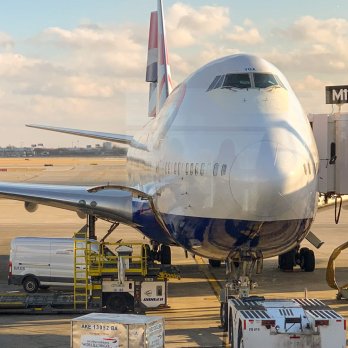

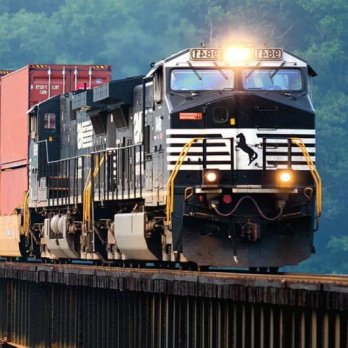
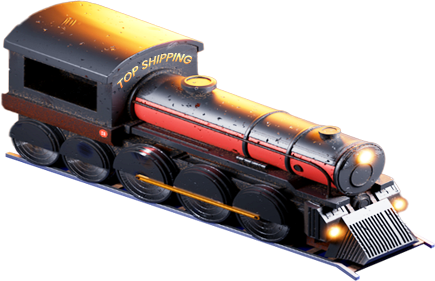
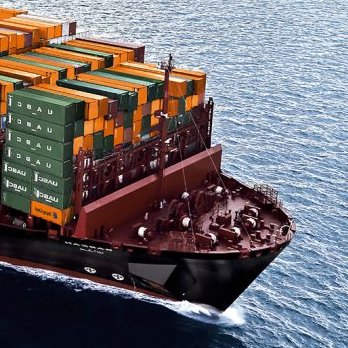
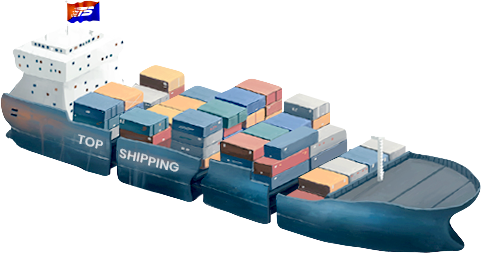
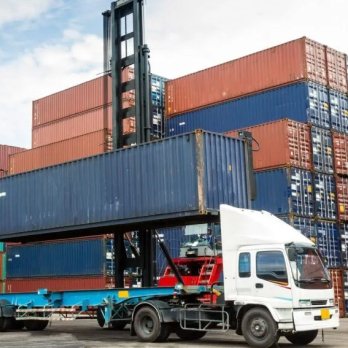
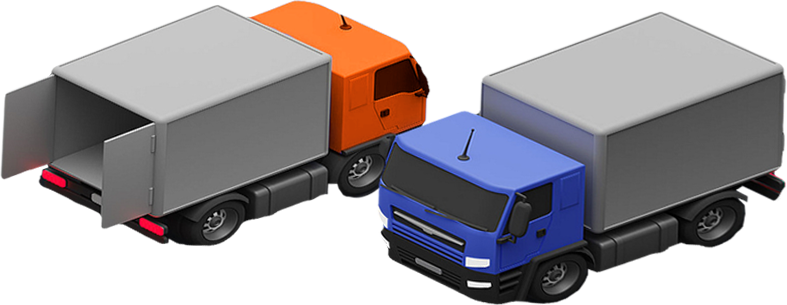
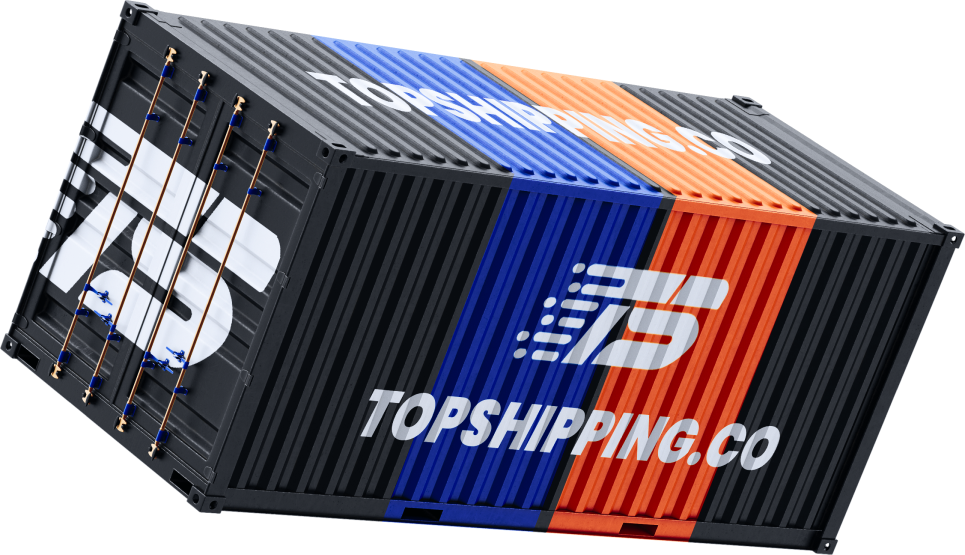





No comments yet.